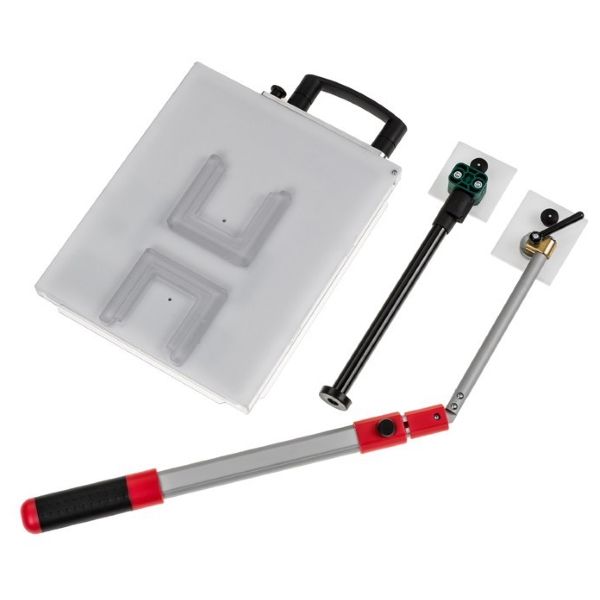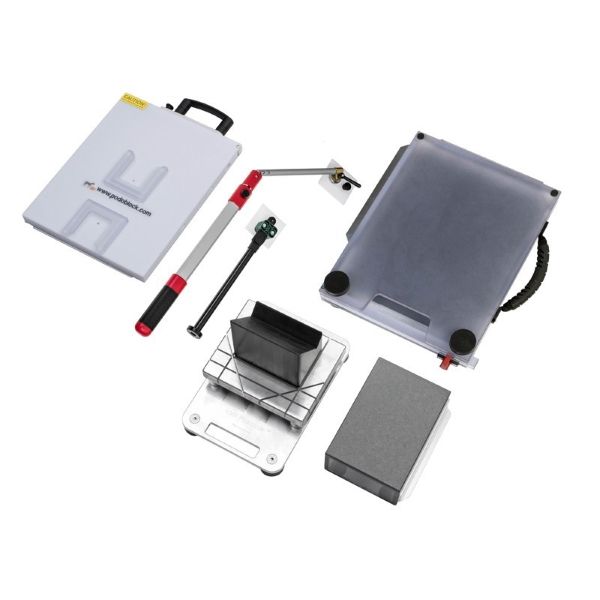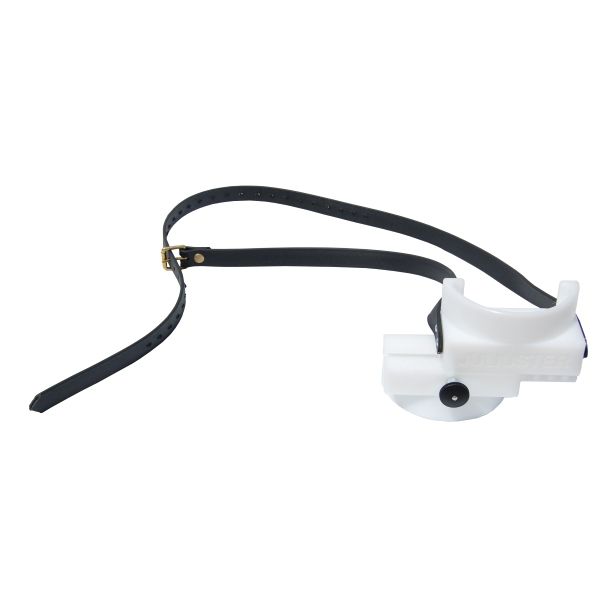I’d like to share with you the questions we were asked by your fellow vets, as well as the discussions that followed regarding the safety of the animals they care for as well as that of their own. No doubt many of you will have the same concerns.
Safety first
We often get so caught up in capturing accurate x rays that we forget about how harmful they can be to the person administering them.
As you may be aware, radiation from x rays has a cumulative effect on our bodies. Once exposed, it doesn’t just go away after a period of time, it stays with us and gradually compounds as we are repeatedly exposed to the x ray beam.
Vets are now realising this problem, and it’s something I spoke about extensively at Bain Fallon with a number of vets just like yourself.
Furthermore, many of your colleagues raised issues around the weight and inflexibility of lead gowns. While they are an effective piece of safety equipment, the sheer weight of them makes if very uncomfortable to wear for a long period of time, which generally cannot be avoided.
As a vet, you ideally need to get yourself, your staff and clients as far away from the x-ray beam as you can, without influencing the quality of the x-ray. In addition, you need safety equipment that’s comfortable to wear for long periods of time and won’t cause you any back or neck pain.
To help the vets visiting our booth identify a solution that better addresses these safety issues, we recommended a distance holder kit, which includes a distance holder and positioning blocks.
Podoblock DR-Cowboy Box
The kit increases the distance between you and the x ray beam, while the positioning blocks ensure an accurate image.
Further to this, our lead gowns now come in a two-piece option, so that instead of bearing the entire weight of the gown around the neck, it gets evenly distributed around the back and hips, and reduces the risk of muscle soreness and injury.
If you frequently conduct x rays from a close distance, stop putting yourself and your staff at risk. Get in touch with us to discuss how a distance holder kit, or our range of lead gowns and gloves can help reduce the risk to your health.
Old x ray techniques still common practice for Vets at Bain Fallon
The use of wooden blocks remain the most common way to hold a horse’s jaw still when performing an oblique x ray, but are they the most effective?
Many vets try to take the x ray by using rope or tape to secure the wooden blocks, but the fibre in wood cause these blocks to show up on the x ray image. This becomes a big problem if you’re specifically looking for foreign bodies.
It also bears a major infection risk, as rope and wood absorbs moisture. As a result, your ability to manage cross-infection becomes much harder. Not to mention this technique is extremely uncomfortable for the poor horse!
Ideally, you need to be able to minimise this risk of infection by using a piece of equipment that doesn’t absorb moisture, is washable, and won’t interfere with your x ray image.
Our Teflon Juliuster blocks meet each of these requirements. They offset the jaw by forcing it apart, making it easy to take an oblique x ray. The composition of Teflon ensures you can easily distinguish between the block, teeth, and bones, and its properties ensure it can be washed and reused without absorbing or retaining any moisture.
Juliuster block in action
For a video on the explantion of the Juliuster, Click Here
If you are looking for a better solution than wooden blocks for equine dental x rays, then talk to us about how we can help improve your current process.
If you are concerned by any of the issues I’ve described above and would like to discuss please give me a call on 1300 596 664 or send me an email to info@arosystems.com.au
Read Hedditch is the Managing Director of ARO Systems. He has more than 30 years’ of experience in the medical imaging industry and is proud to have been part of the early push for vet-specific imaging equipment. Read is especially focused on helping Australian vets modernise their practices for the future by tailoring solutions for each customer’s needs.




